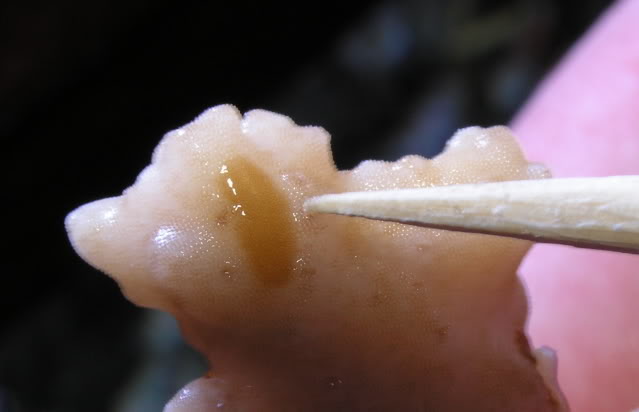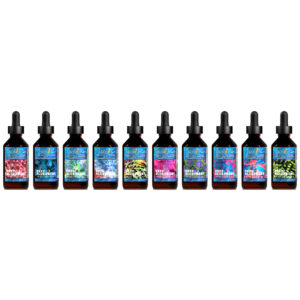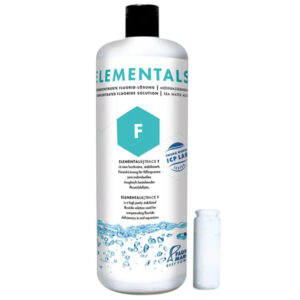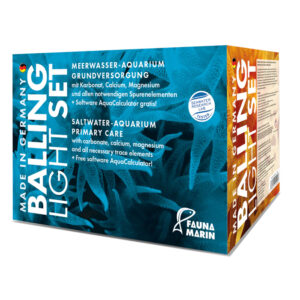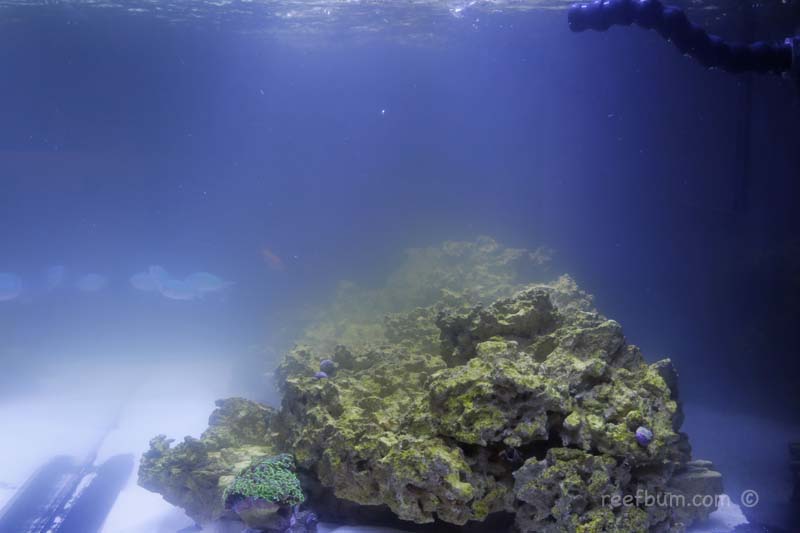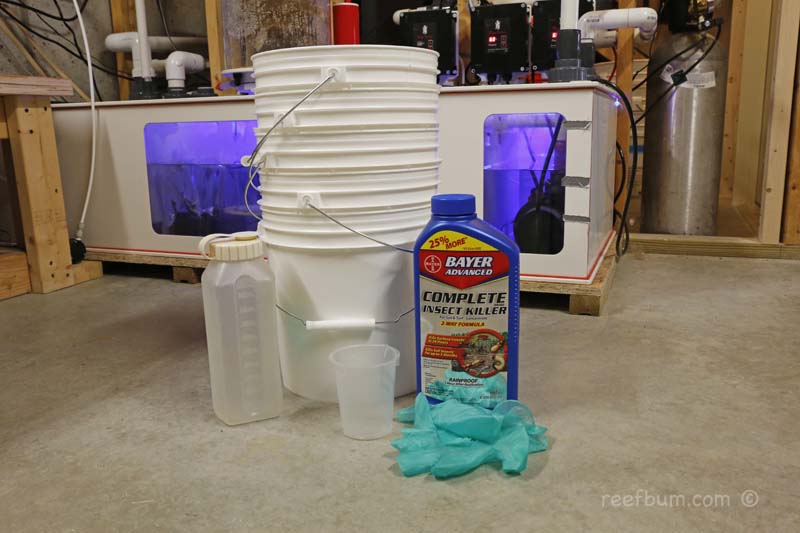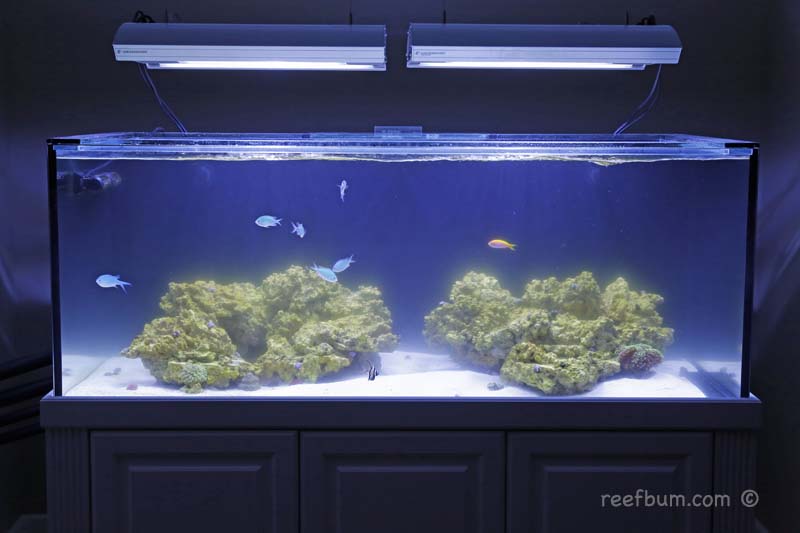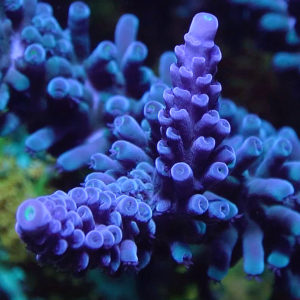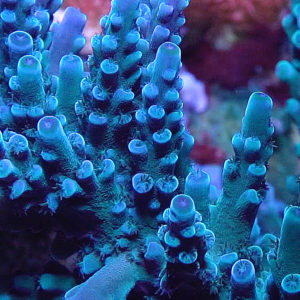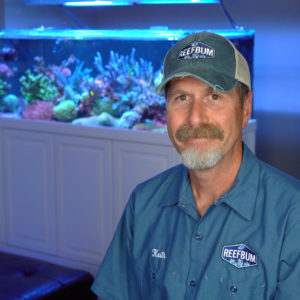When I first started keeping reef tanks a long time ago there seemed to be much less awareness of certain pests that can infiltrate and harm a reef tank. “Back in the day” wild colonies were all the rage and reef keepers were not as diligent about checking for pests. Dealing with Red Bugs and AEFW (Acro Eating Flatworms) wasn’t even on my radar when I had my first 90 gallon reef and it took a while before it crept into my conscience when I had my 120 gallon reef. The 120 gallon reef was my best tank to date and it was dominated with large and colorful SPS that grew from small frags and colonies
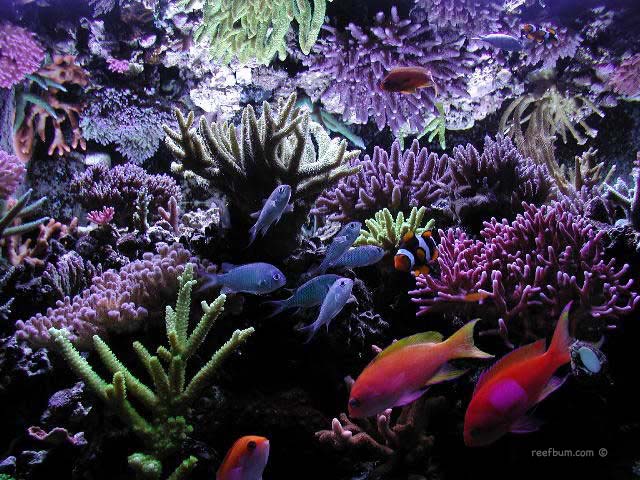
However, over time, a few acros didn’t look as colorful as others so I tried certain remedies like changing my lighting setup or doing more water changes but nothing seemed to help. It was not until a fellow hobbyist noticed red bugs in one of my photos that I realized I had a pest problem. I am not sure how long I was living with red bugs but I never did treat that tank to get rid of the little buggers. I was also dealing with an outbreak of an invasive species of algae and that is what ultimately led to the downfall of that tank.
My point here is to be very diligent and observe the tank for signs of stress that can be caused by parasites such as red bugs. Once spotted red bugs are relatively easy to treat and eliminate. Not so with Acro Eating Flatworms (AEFW).
When I started up my 225 gallon tank I was much more aware of the negative impact both red bugs and AEFW could have on a reef tank. I treated new frags and colonies in dips designed to kill red bugs and AEFW and things seemed to be fine. However, AEFW did eventually make there way into my tank. What I failed to realize is that the dip did not kill the eggs and the AEFWs incubating inside.
What to do? One possible solution is to take all infected SPS out of the tank, scrub the AEFW eggs off the base and then dip in a solution to kill any mature AEFW. This must be repeated several times to make sure they are totally eliminated. It can be an effective method but it is certainly not foolproof since the dips cannot kill any eggs that were not scrubbed off. Furthermore, touching, handling and medicating corals can put them through a lot of stress.
With my 225 gallon tank I had success using a much less invasive and passive method, which did not eliminate AEFW but kept them in check. I used a turkey baster to blow AEFW off infected corals and into the water column and then removed them by sucking them into the turkey baster. As a side benefit, some of my fish pitched in and helped out during the basting process. I had a pair of Clownfish follow my baster religiously to pick off an easy meal. Wrasses are known to have an appetite for AEFW so I believe mine were feeding on them as well.
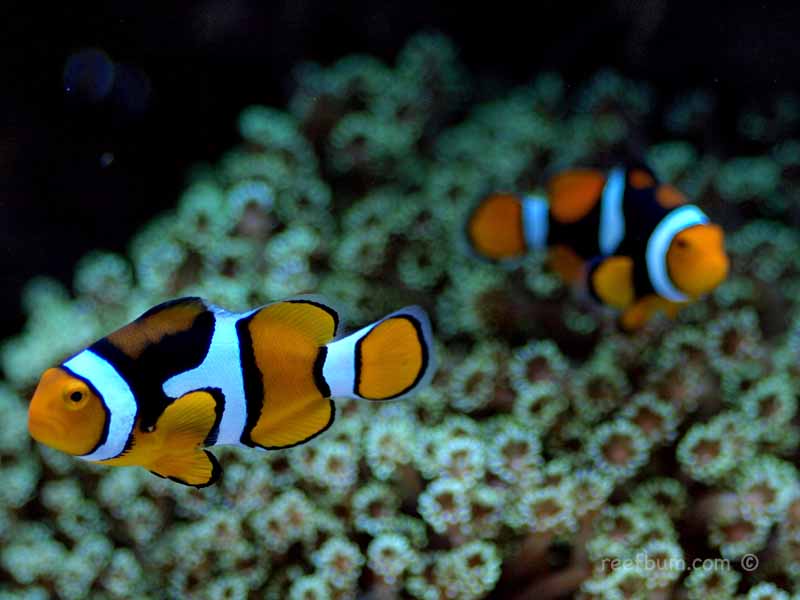
The Clowns Who Had an Appetite for AEFW
If you go the basting route then you have to be diligent and baste on a weekly basis. I did lose some corals but for the most part I was able to keep a thriving tank without totally eliminating AEFW
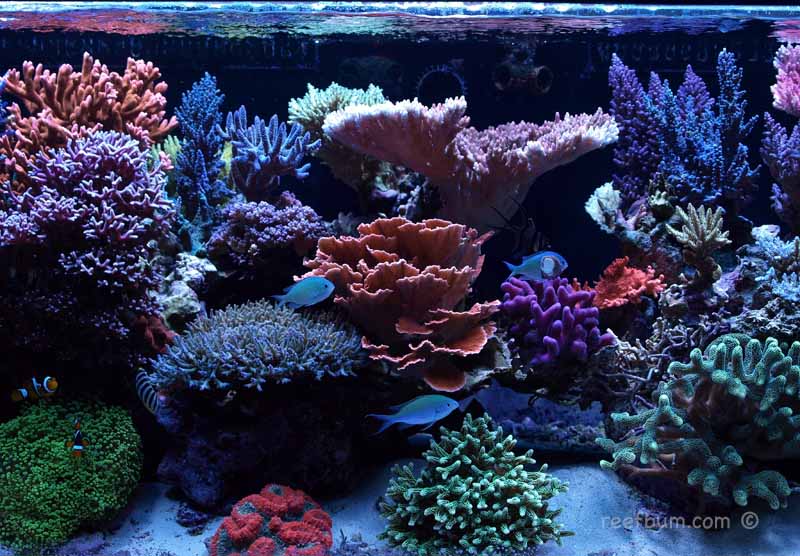
Don’t freak out and think your tank is doomed if you make this discovery. You can live with them. If you are starting a new tank with frags, be proactive and use dips to kill any potential hitchhikers. Eggs tend to congregate around the base of corals so make sure you snip the coral above the base of the frag plug before dipping. Do the same preventive dip for red bugs. If you do have any pests then use full disclosure with other hobbyists or your LFS when selling or trading frags so they can do their own preventive treatment to keep these unwanted guests from spreading.
Additional Resources
If you would like some help with a new tank build, including help designing a custom aquarium, or help re-configuring your current setup then you can visit this page for more information. And if you are looking to add some equipment, I do sell GHL, Pax Bellum, Reef Octopus Calcium and Kalk Reactors and Royal Exclusiv products, including Dreamboxes, which is the equipment I use and recommend. I also sell Reef Brite metal halide and LED fixtures as well as Maxspect & IceCap Gyres.
As for additional insights and information, please explore my many other reef tank and SPS related articles as well as my YouTube channel. For an even deeper dive into reef tank care you can check out my Reef Keeping Master Class. This online course is an immersive and one of a kind educational tool designed to help reef aquarium hobbyists build and maintain a beautiful SPS reef tank. The course is a series of video presentations with some supplemental video from my YouTube channel. There are also quizzes to help students retain and understand the information presented in the course.
Need some frags…..I can help with that as well 🙂 Please visit my SPS Frag store to see what is available.

